
Closeup of stars recorded with a 200mm lens with a stationary camera on a tripod YouTube
Stars look the same through a telescope, but brighter. Stars will look like bright dots of light with no color in most cases. There are some especially bright stars that will show blue, yellow, red or green through a telescope. Color is visible when the light is bright enough to your eyes. When you are in perfect focus the stars should look.

Closeup on "blue blobs" ESA/Hubble
21 Having seen many pictures produced by artists of neutron stars and planets that orbit some of them, I was wondering how a pulsar would appear to a human being, in visible light (assuming the intense radiation etc. doesn't kill us in the process).

Real Stars up close, nikon p900, super zoom, asmr sound therapy, light therapy YouTube
What Do Stars Look Like Up Close? Up close, stars look like enormous balls of brightly glowing gas, shrouded in wispy trails of glowing smoke. Imagine a huge smoky balloon with a popcorn-like texture, lit from inside, that steams and spins and occasionally burps up streams of fire.
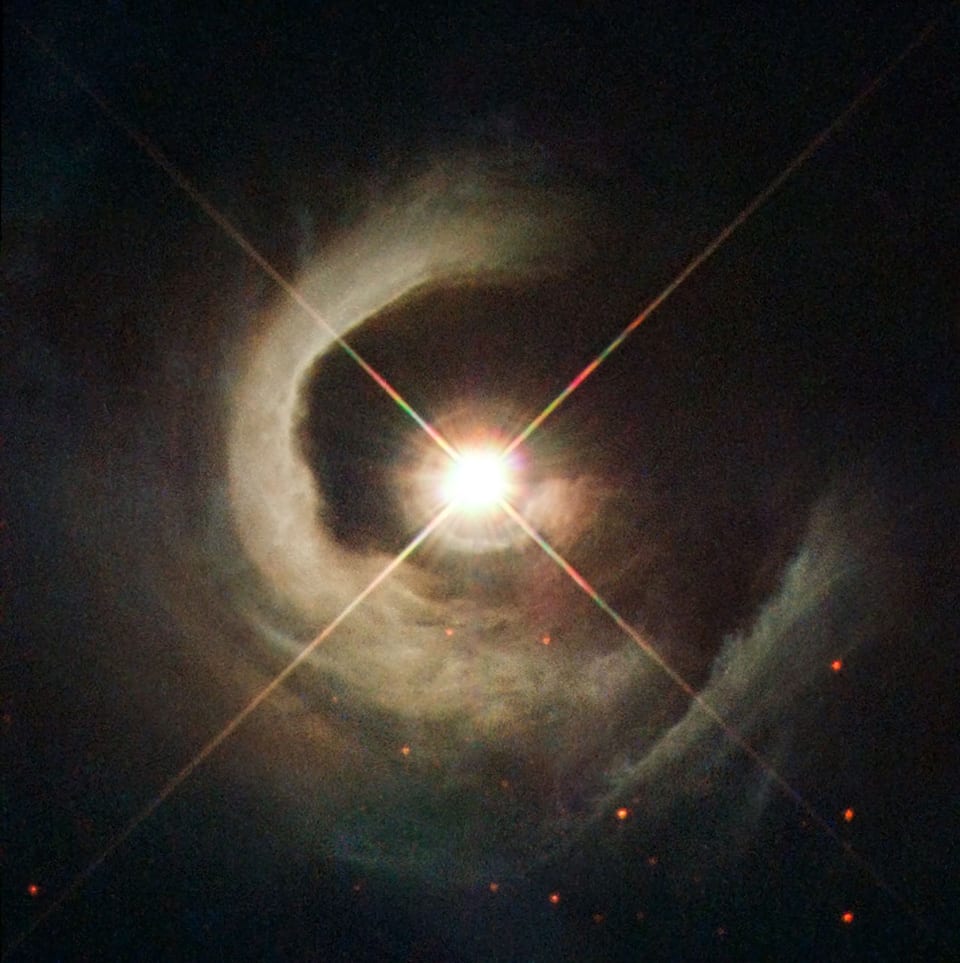
The Big Picture A young star poses for its closeup
This is what a star looks like up close through a telescope!If you like this one, we can go over planets, galaxies, and nebulae next. #shorts #telescope.
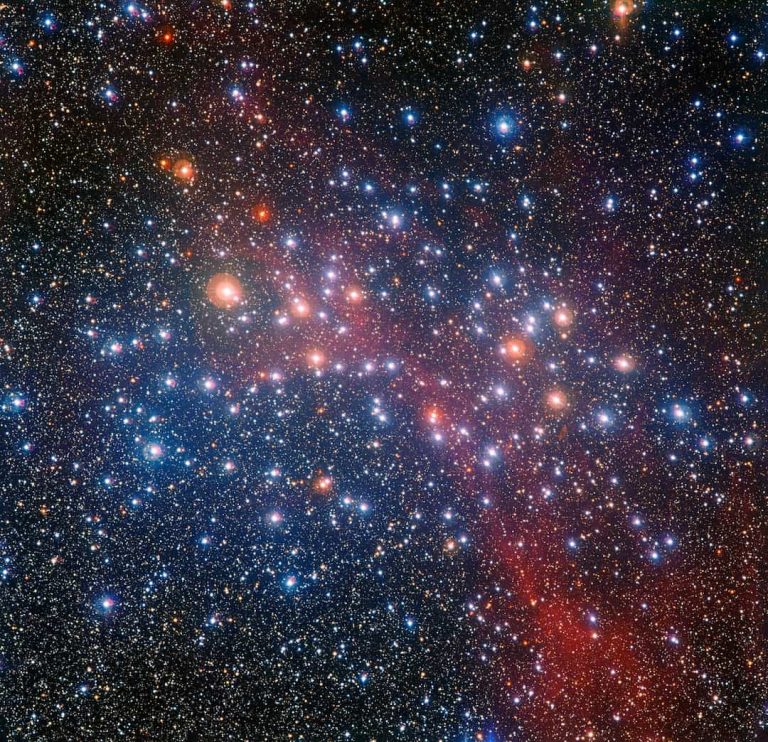
What Do Stars Look Like Up Close? Little Passports
Have you ever wondered what a star looks like up close? Have you looked to the night sky and found yourself mesmerized by its beauty, but wished for an even
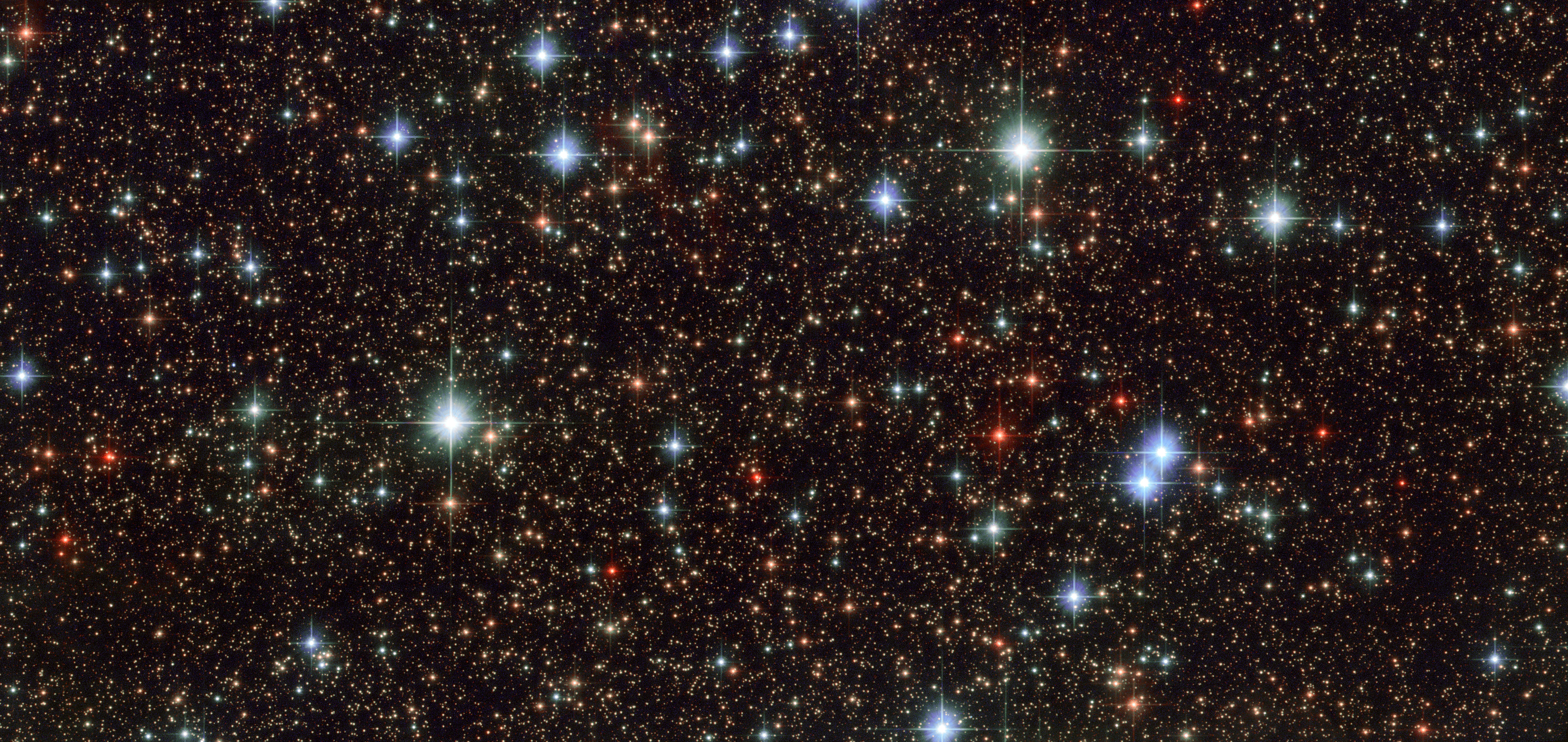
Hubble photo of the galactic center reveals colorful stars.
Observing Stars in a Telescope. In fact, most of the stars are these "boring" gas, brightly glowing balls. But there is something incredible in the vastness of space. Even though to us, it looks as a small and dim dot in the sky. This is where the telescope comes in, with which you can get a few hundred kilometers closer to the real picture.

Amazing!!! Up Close Stars an Beyond! YouTube
Baron said in a statement: This is the first time that we have such a giant star that is unambiguously imaged with that level of details. The reason is there's a limit to the details we can see.
Behold, the clearest ever image of a star’s surface and atmosphere
Astronomy: Roen Kelly You're absolutely right that stars twinkle — and sometimes appear to move around — due to our atmosphere "scrambling" their light as it travels from the top of Earth's.

Close up view of the bright star cluster Messier 47 YouTube
The James Webb Telescope Just Took a Truly Incredible Photo of Uranus. JWST has done it again. Recently, the team behind the James Webb Telescope released its new images of Uranus, the seventh planet from our Sun. And they're stunning. Uranus has been an oddball for a lot longer than we've been looking at it. Most uniquely, the multi-ringed.

Explainer What are stars?
What does a star really look like, and how do astronomers know?

Closeup view of the star HD 85512 ESO
72K views 6 years ago Nikon P900 Zoom-in to see what a rainbow star REALLY looks like! Source & embed code: https://rumble.com/v3sptl-what-a-starmore.more Where are the stars?? Why.
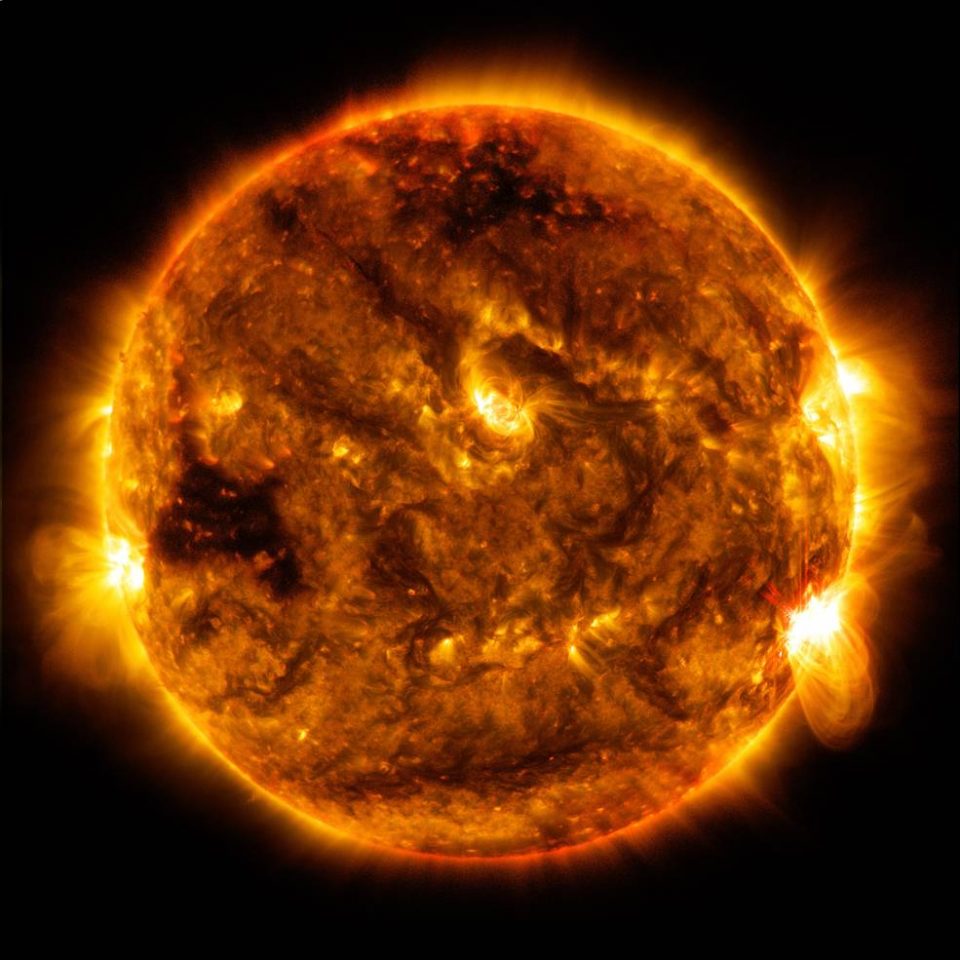
What Do Stars Look Like Up Close? Little Passports
The star π1 Gruis is a red giant, a dying star swollen to hundreds of times the size of the Sun. The blue star next to it is π2 Gruis, an unrelated star much closer to us (the haloes and spikes are artifacts of the telescope and camera). You can also see a much more distant galaxy IC 5201 in the background on the right. Photo: DSS / STScI / NASA

Hubble Telescope Reveals What 200 Billion Stars Look Like (Photos) Space
What Do Stars Look Like Up Close? A Closer Look At Stars In The Galaxy Stars can be described as massive celestial bodies, often bright, moving heavenly features from afar. According to researchers, stars are mostly made up of Hydrogen and Helium, and these produce light and heat from the nuclear forces residing in their cores.

A closeup look at the star cluster NGC 3293 YouTube
Updated July 24, 2023 By Chris Deziel What are we actually seeing as stars twinkle in the night sky? These balls of plasma and energy are a window into the past, as light from thousands or millions of years ago reaches our solar system and pierces through Earth's atmosphere.
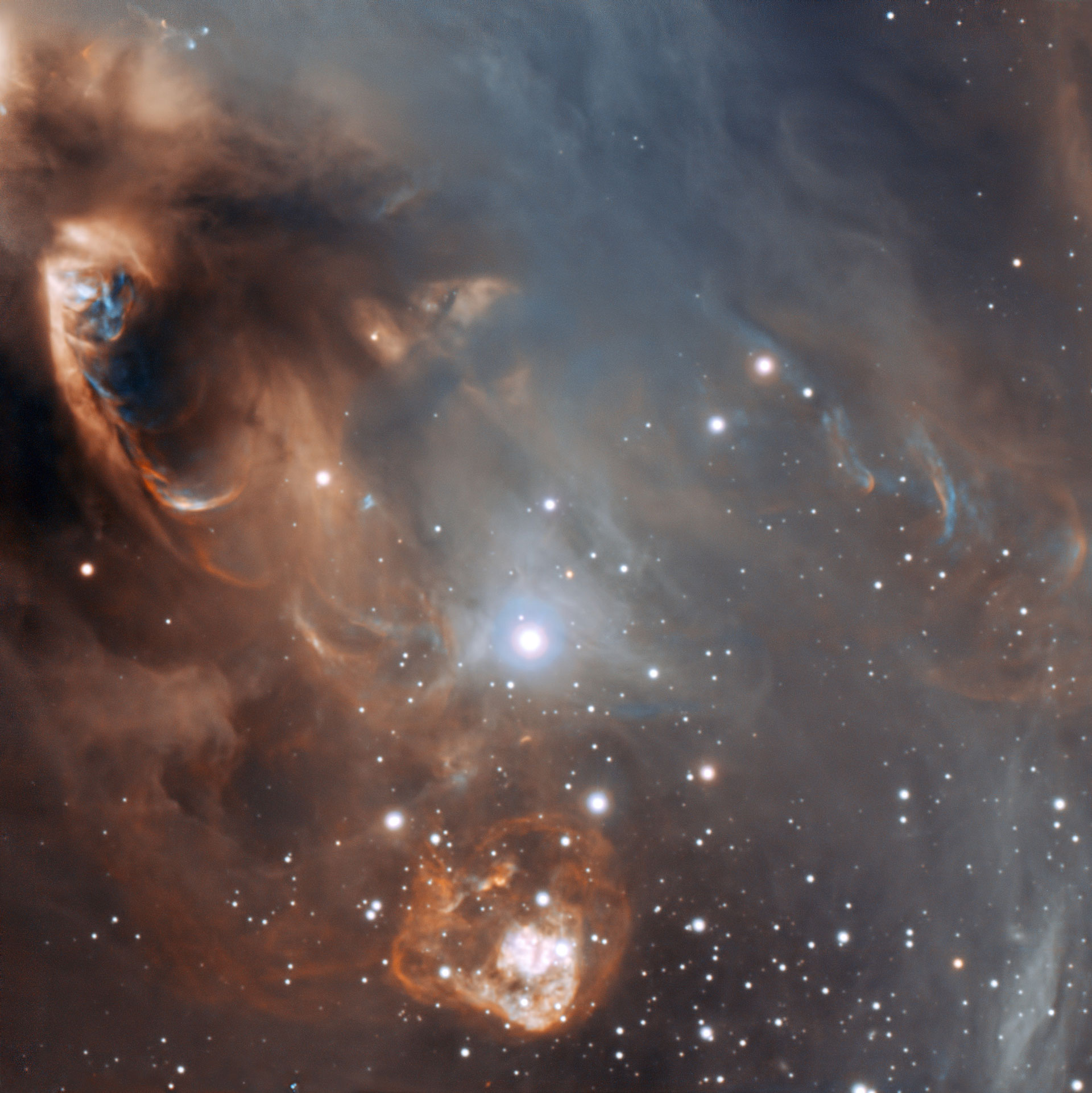
View Some of the Best Images of Stars Ever Captured by the ESO
A star is a luminous ball of gas, mostly hydrogen and helium, held together by its own gravity. Nuclear fusion reactions in its core support the star against gravity and produce photons and heat, as well as small amounts of heavier elements. The Sun is the closest star to Earth.

What Do Stars Look Like Up Close? Telescope Guru
A star that is orange or red generally has a cooler temperature. As Sky At Night reports, small details on the sun's surface aren't visible to the unaided eye due to its intense brightness, but.